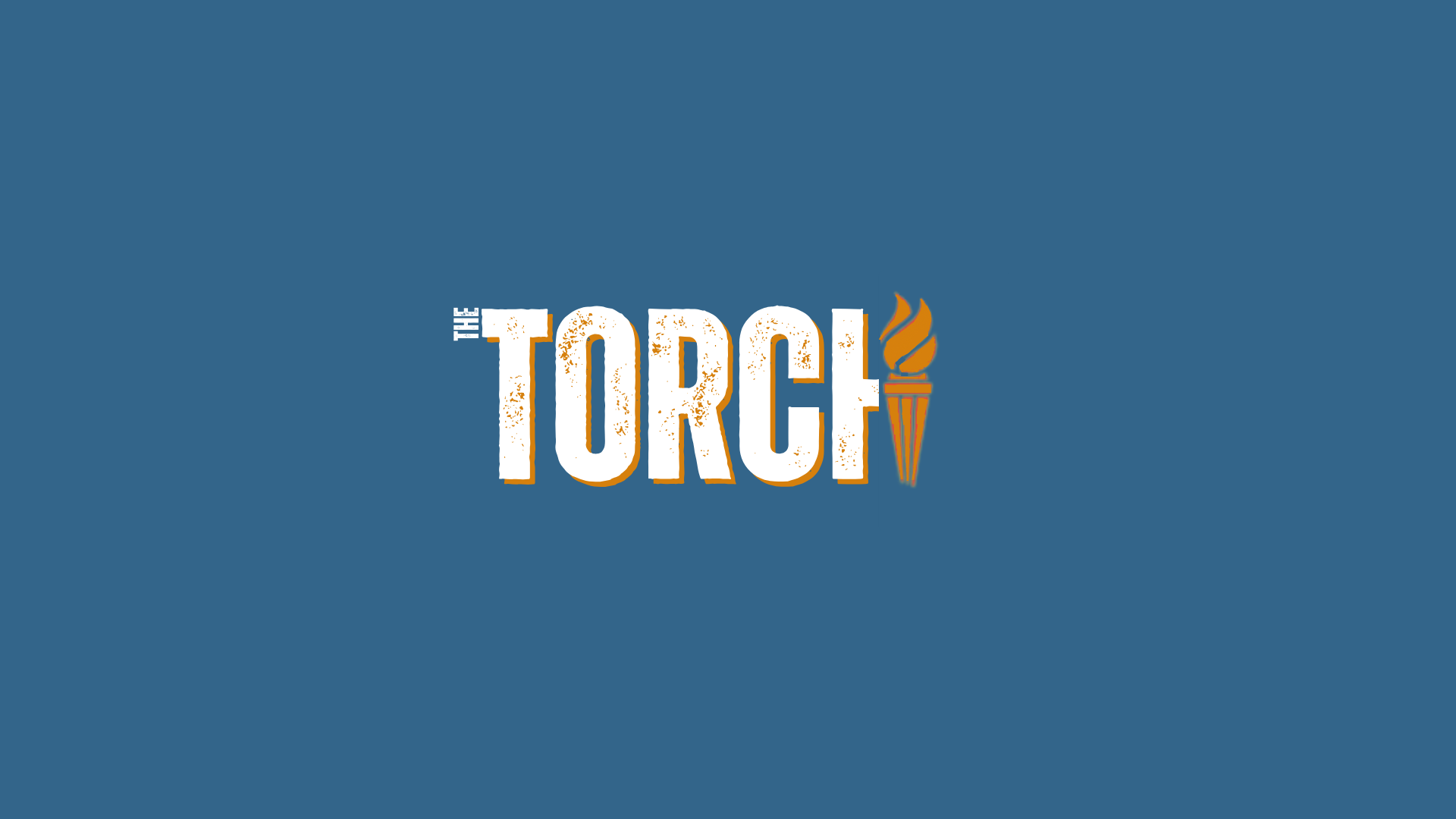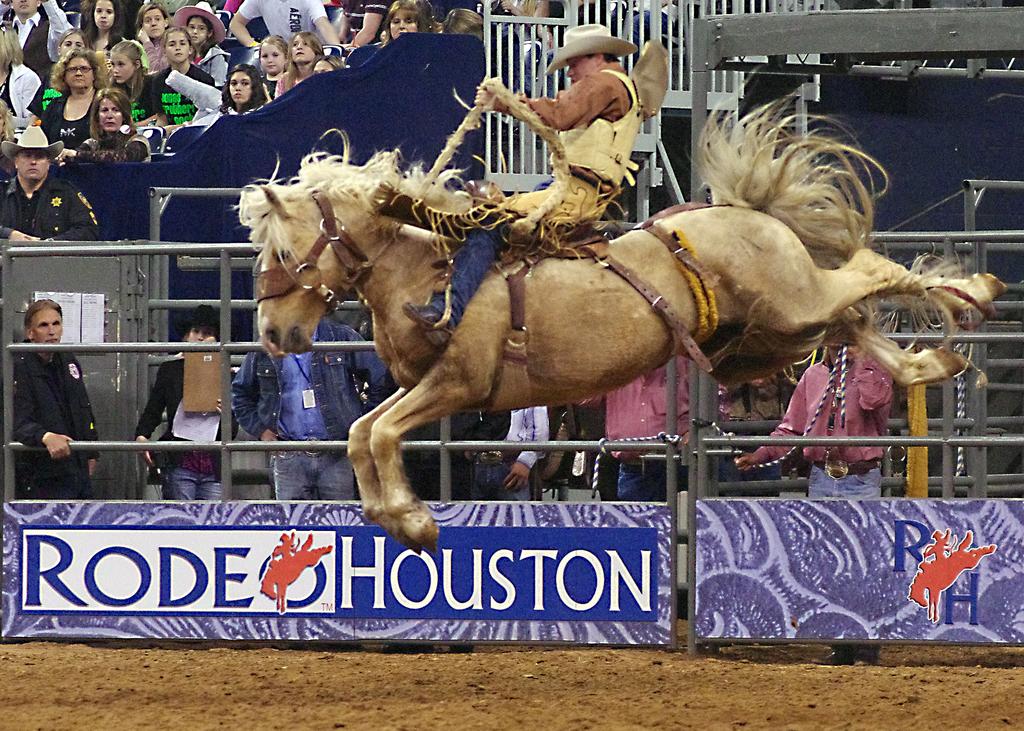Rodeos are a staple in many cities all around America, bringing people close together and allowing for all those who attend to witness the sport so valued by cowboys and cowgirls all over the place. But, as always, good things always have their downside. Rodeos often come at the expense of the animals that partake in these events. As an avid rodeo fan myself, I will offer an unbiased view on both sides.
There is the obvious aspect as to why rodeos are unethical would be the treatment of the animals that are directly involved. Many animals are bred solely for rodeo purposes. Take bulls, for example. Many times, bulls are bred to be as aggressive and strong as possible to get maximum entertainment and maximum challenge for the bull riders who put their safety on the line.Then there’s the horses. The “Bucking Horse” is bred for the purpose of bucking, of course. These horses are once again bred to make them the stockiest and biggest to ensure maximum effort and maximum danger in most cases. This obviously doesn’t allow the animals to roam free and live life like a normal animal would, but instead are forced to live a life on a strenuous training schedule.
Another negative aspect of rodeos is the treatment of animals at the actual rodeo. Many times, animals that are used to getting any rider off their backs are electrocuted with a wide variety of tools like cattle prods and the “hotshot”. These are all methods used by rodeo officials and trainers to force the animal into aggressive behavior that is used for entertainment purposes and often does a lot of damage to the animal over long periods of time. There have been studies and observations that show that prolonged exposure to unfair rodeo treatment results in broken ribs and internal bleeding. Most of which is often detrimental to the animals health and safety.
Now of course, there’s people who will argue that rodeos are a fun and exciting place to go every year and not as bad as some say.
To start off with, rodeos often do not result in animal injuries during the actual events. The most basic of animal injuries only occur every 1 in 1,405 which comes out to a .072% chance an animal would get a small injury, with injuries that require veterinary services coming in at a smaller clip at .036% of the time. IF these injuries occur, these animals would be given to the proper care services as fast as possible, as these animals are often worth a lot of money and still have heavy value after their rodeo life. Also, people in the industry say that animals in all events are treated very humanely and any mistreatment is not tolerated at all. More often than not, the riders and participants are hurt more often than the animals. In fact, it’s considered one of the most dangerous sports in the world. Since 1989, 21 deaths have happened at rodeo circuits..
The next point is that some events are a part of real life ranching. Many times you can see these events going on at a rodeo, which often includes any sort of event that has roping in the description as ranchers are forced to do these said activities on the ranch to maintain good habits. In fact, there’s a whole sub genre of rodeos called Ranch Rodeos that consist of events that are essentially everyday life for the participants. The only real event that’s not seen all that often on ranches is bull riding, which is understandable as bulls are highly valued and often cause more harm to the rider than the bull itself as mentioned earlier. Many equate barrel racing, the event that has a horse go around barrels, to dog agility courses. Nothing wrong with dog agility courses right? These events are used in a professional setting not to hurt the animals and display cruelty, but instead to show hard work from both the athletes and the animals that partake.
Rodeos are a very controversial topic among many people who know about it and often lead to both sides not getting understood. But everyone has their own views and beliefs.



